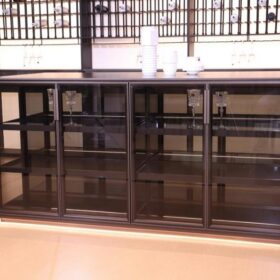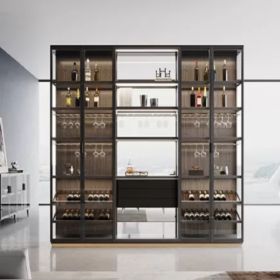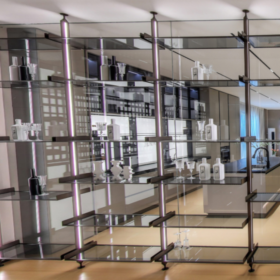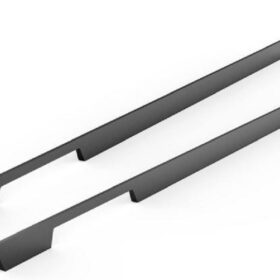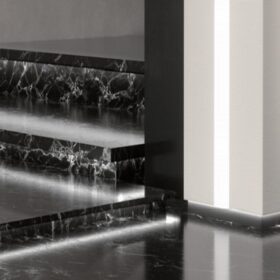How to Choose the Best Finish for Aluminum Alloy Handles
Aluminum alloy handles are widely used in various applications due to their durability, corrosion resistance, and lightweight properties. However, choosing the right finish for these handles is crucial to ensure optimal performance, aesthetics, and longevity. This article provides a comprehensive guide on how to select the best finish for aluminum alloy handles, considering different aspects and providing recommendations for specific applications.
Types of Finishes Available
There are several finish options available for aluminum alloy handles, each offering unique advantages and drawbacks. The most common types include:
Anodizing: A process that creates a protective oxide layer on the aluminum surface, enhancing corrosion resistance and providing color variations.
Powder Coating: A method that involves applying dry powder particles to the handle and then curing them via heat, resulting in a durable and scratch-resistant finish.
Electroplating: A process that deposits a thin layer of another metal onto the aluminum surface, improving conductivity and providing a distinctive appearance.
Brushed Finish: A mechanical process that creates a textured surface by brushing the aluminum, giving it a dull and non-reflective appearance.
Polished Finish: A mechanical process that polishes the aluminum surface to a mirror-like finish, providing a glossy and reflective appearance.
Factors to Consider
When choosing a finish for aluminum alloy handles, several factors should be considered:
Application: The application of the handle will determine the required finish properties. For example, handles used in corrosive environments may require anodizing for enhanced protection.
Aesthetics: The finish should complement the overall design and appearance of the product. Brushed finishes offer a modern and sophisticated look, while polished finishes provide a classic and elegant touch.
Durability: The finish should provide adequate protection against wear and tear. Powder coating and anodizing are highly durable options that withstand scratches and abrasion.
Cost: The cost of the finish can vary depending on the type and complexity. Factors such as materials, labor, and equipment influence the overall expense.
Recommendations for Specific Applications
Based on the factors discussed above, here are some recommended finish options for specific applications:
Industrial Handles: Anodizing or powder coating for durability and corrosion resistance.
Medical Handles: Anodizing or electroplating for sterility and conductivity.
Automotive Handles: Powder coating or polished finish for aesthetics and protection.
Furniture Handles: Brushed finish or polished finish for aesthetic appeal.
Marine Handles: Anodizing or powder coating for corrosion protection in harsh environments.
Conclusion
Choosing the best finish for aluminum alloy handles requires careful consideration of various factors including application, aesthetics, durability, and cost. By understanding the types of finishes available and the benefits and limitations of each, you can select the optimal finish that meets the specific requirements of your project. Whether you need enhanced corrosion resistance, a modern look, or maximum durability, there is a finish option available to fulfill your needs.
-
2024-11-29Top Trends in Modern Kitchen Cabinet Pulls for 2024
-
2024-11-28The Ultimate Guide to Modern Kitchen Cabinet Pulls- Materials, Styles, and Tips
-
2024-11-27Elevate Your Kitchen Design with These Must-Have Modern Cabinet Pulls
-
2024-11-26Sleek and Stylish- The Best Modern Kitchen Cabinet Pulls for a Contemporary Look


